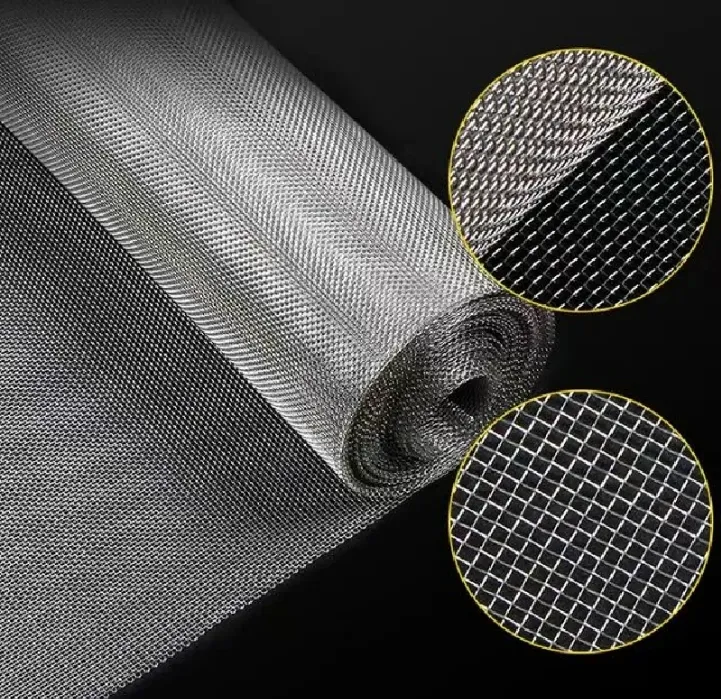-
 Afrikaans
Afrikaans -
 Albanian
Albanian -
 Amharic
Amharic -
 Arabic
Arabic -
 Armenian
Armenian -
 Azerbaijani
Azerbaijani -
 Basque
Basque -
 Belarusian
Belarusian -
 Bengali
Bengali -
 Bosnian
Bosnian -
 Bulgarian
Bulgarian -
 Catalan
Catalan -
 Cebuano
Cebuano -
 China
China -
 Corsican
Corsican -
 Croatian
Croatian -
 Czech
Czech -
 Danish
Danish -
 Dutch
Dutch -
 English
English -
 Esperanto
Esperanto -
 Estonian
Estonian -
 Finnish
Finnish -
 French
French -
 Frisian
Frisian -
 Galician
Galician -
 Georgian
Georgian -
 German
German -
 Greek
Greek -
 Gujarati
Gujarati -
 Haitian Creole
Haitian Creole -
 hausa
hausa -
 hawaiian
hawaiian -
 Hebrew
Hebrew -
 Hindi
Hindi -
 Miao
Miao -
 Hungarian
Hungarian -
 Icelandic
Icelandic -
 igbo
igbo -
 Indonesian
Indonesian -
 irish
irish -
 Italian
Italian -
 Japanese
Japanese -
 Javanese
Javanese -
 Kannada
Kannada -
 kazakh
kazakh -
 Khmer
Khmer -
 Rwandese
Rwandese -
 Korean
Korean -
 Kurdish
Kurdish -
 Kyrgyz
Kyrgyz -
 Lao
Lao -
 Latin
Latin -
 Latvian
Latvian -
 Lithuanian
Lithuanian -
 Luxembourgish
Luxembourgish -
 Macedonian
Macedonian -
 Malgashi
Malgashi -
 Malay
Malay -
 Malayalam
Malayalam -
 Maltese
Maltese -
 Maori
Maori -
 Marathi
Marathi -
 Mongolian
Mongolian -
 Myanmar
Myanmar -
 Nepali
Nepali -
 Norwegian
Norwegian -
 Norwegian
Norwegian -
 Occitan
Occitan -
 Pashto
Pashto -
 Persian
Persian -
 Polish
Polish -
 Portuguese
Portuguese -
 Punjabi
Punjabi -
 Romanian
Romanian -
 Russian
Russian -
 Samoan
Samoan -
 Scottish Gaelic
Scottish Gaelic -
 Serbian
Serbian -
 Sesotho
Sesotho -
 Shona
Shona -
 Sindhi
Sindhi -
 Sinhala
Sinhala -
 Slovak
Slovak -
 Slovenian
Slovenian -
 Somali
Somali -
 Spanish
Spanish -
 Sundanese
Sundanese -
 Swahili
Swahili -
 Swedish
Swedish -
 Tagalog
Tagalog -
 Tajik
Tajik -
 Tamil
Tamil -
 Tatar
Tatar -
 Telugu
Telugu -
 Thai
Thai -
 Turkish
Turkish -
 Turkmen
Turkmen -
 Ukrainian
Ukrainian -
 Urdu
Urdu -
 Uighur
Uighur -
 Uzbek
Uzbek -
 Vietnamese
Vietnamese -
 Welsh
Welsh -
 Bantu
Bantu -
 Yiddish
Yiddish -
 Yoruba
Yoruba -
 Zulu
Zulu
Effective Bird Control Solutions Using Anti-Bird Netting for Protecting Crops and Gardens
The Importance of Anti-Bird Netting in Agriculture
In the realm of modern agriculture, farmers face numerous challenges, not least of which is the persistent threat posed by birds. These avian creatures can wreak havoc on crops, often leading to significant losses in yield and revenue. To combat this issue, one effective solution is the use of anti-bird netting, a method that not only protects crops but also promotes sustainable farming practices.
Anti-bird netting consists of a fine mesh fabric designed to create a physical barrier between birds and crops. It is commonly employed in vineyards, orchards, and other agricultural fields where fruit-bearing plants are cultivated. The primary purpose of this netting is to deter birds from pecking at and consuming ripe fruits, seeds, and young plants. By preventing access to these vulnerable crops, farmers can safeguard their harvests and ensure a more profitable yield.
The Importance of Anti-Bird Netting in Agriculture
In addition to its efficacy, anti-bird netting is also versatile. It comes in various types and sizes, allowing farmers to select the best fit for their specific needs. For instance, different mesh sizes can protect against various bird species, ensuring that the selected netting effectively targets problem birds without unduly restricting airflow or sunlight to the plants beneath. Furthermore, netting can be adapted for different crop types, whether they are delicate berries susceptible to feathered visitors or robust vegetable plants that also require protection.
anti bird netting

Another significant benefit of using anti-bird netting is its contribution to reducing agricultural waste. By protecting crops from birds, farmers can minimize the amount of fruit and vegetable loss, which is critical in a world where food waste is a pressing issue. According to recent studies, nearly one-third of food produced globally is wasted. By ensuring a higher yield through effective bird control, netting helps in addressing this environmental challenge.
The installation process of anti-bird netting is straightforward and can often be done by the farmers themselves. It involves setting up a framework, usually made of lightweight materials, to support the mesh. Once the netting is in place, it is essential to ensure that it is secured properly to prevent birds from accessing any gaps. Regular maintenance checks are also necessary to repair any damages that may occur due to weather conditions or wear and tear.
While anti-bird netting may represent an initial investment, the long-term benefits far outweigh the costs. Farmers who implement this strategy often notice a significant improvement in crop yields and, consequently, their profitability. Additionally, by adopting bird netting as part of an integrated pest management strategy, farmers can contribute to more sustainable agricultural practices that minimize harm to the environment and support biodiversity.
In conclusion, anti-bird netting is a vital tool in modern agriculture, offering a humane and effective solution to bird-related crop damage. Its benefits extend beyond mere pest control, enhancing sustainability, reducing waste, and ultimately supporting agricultural productivity. As the agricultural sector continues to evolve, the adoption of innovative practices like anti-bird netting will be crucial in meeting the demands of a growing global population while protecting vital natural resources.
-
Shipping Plastic Bags for Every NeedNewsJul.24,2025
-
Safety Netting: Your Shield in ConstructionNewsJul.24,2025
-
Plastic Mesh Netting for Everyday UseNewsJul.24,2025
-
Nylon Netting for Every UseNewsJul.24,2025
-
Mesh Breeder Box for Fish TanksNewsJul.24,2025
-
Expanded Steel Mesh Offers Durable VersatilityNewsJul.24,2025











